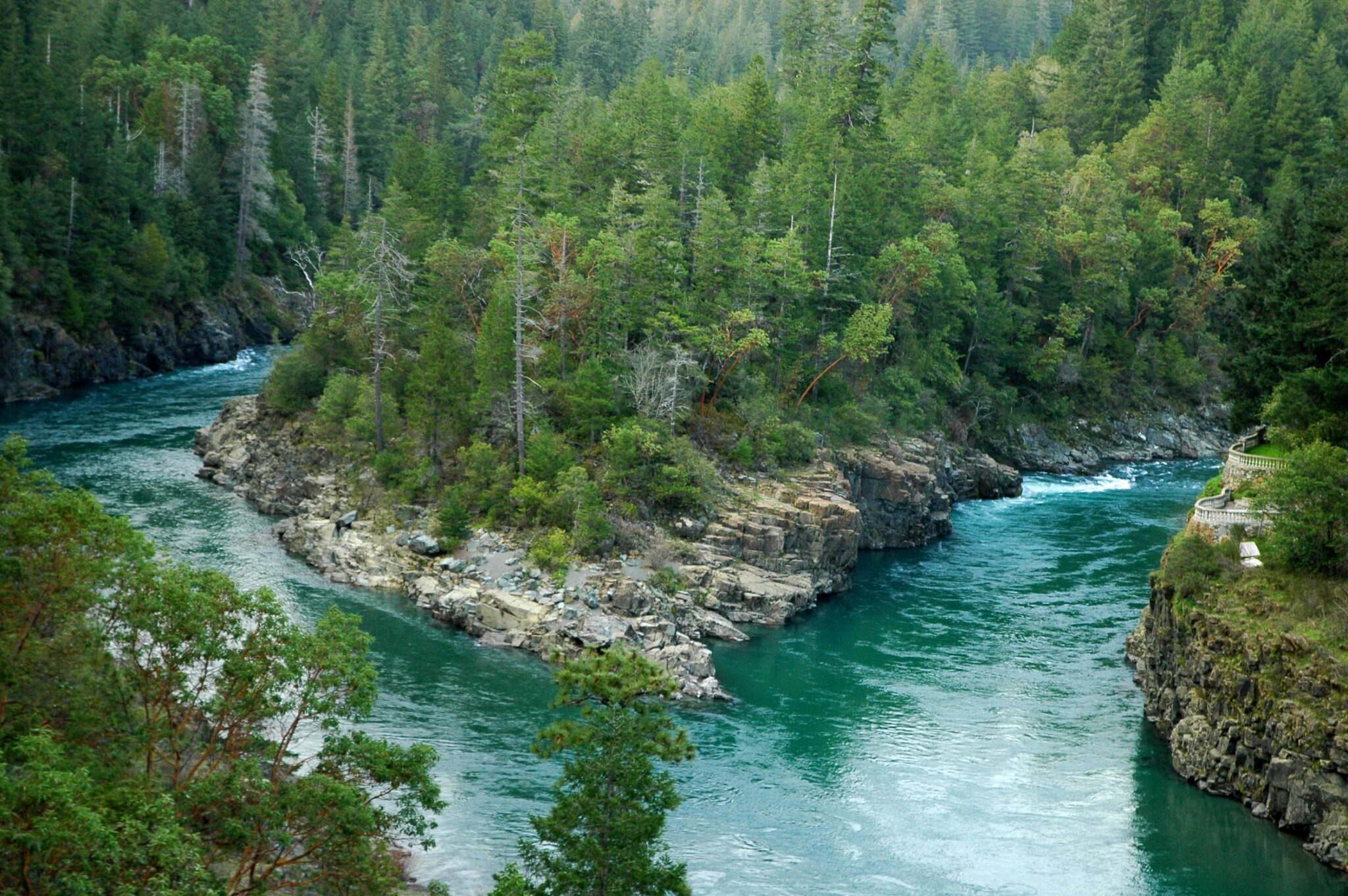Yuba River
Historic gold producer with continuing potential

About the Yuba River
The Yuba River is another historic gold producer with continuing potential, especially in areas with hydraulic mining history. This tributary of the Feather River flows through Nevada, Sierra, and Yuba counties, cutting through some of California's richest gold-bearing terrain.
The Yuba River's extensive history of hydraulic mining means vast amounts of gold-bearing material were processed along its course. While this historical activity was extensive, it was far from complete, leaving significant opportunities for modern miners.
Gold Production History
The Yuba River became a major focus of mining activity shortly after the start of the California Gold Rush. By the early 1850s, thousands of miners were working its banks and bars. As surface deposits became depleted, operations shifted to hydraulic mining, which was practiced extensively along the Yuba until it was restricted by the Sawyer Decision in 1884.
Later, large dredging operations worked the lower Yuba, processing millions of cubic yards of gravel and recovering substantial amounts of gold. These historical operations left behind tailings and reworked gravels that continue to yield gold to modern prospectors.

The Three Forks
The Yuba River consists of three main branches, each with its own gold-bearing characteristics:
- North Yuba: Flows through Sierra County with numerous rich deposits and good access in many areas
- Middle Yuba: Features extensive hydraulic mining history and continuing placer potential
- South Yuba: The most accessible fork, running parallel to Highway 49 in many sections
Notable Mining Areas
Several sections of the Yuba River are particularly productive:
- Downieville Area: Rich section of the North Yuba known for larger gold pieces
- Washington to Edwards Crossing: Productive section of the South Yuba
- Oregon Creek Confluence: Rich area where Oregon Creek meets the Middle Yuba
- Bullards Bar: Area around the reservoir with continuing gold production
Mining Methods
The Yuba River system supports various mining methods:
- Panning and Sluicing: Effective in the numerous gravel bars along all forks
- Crevicing: The Yuba's numerous exposed bedrock sections create natural riffles that concentrate gold.